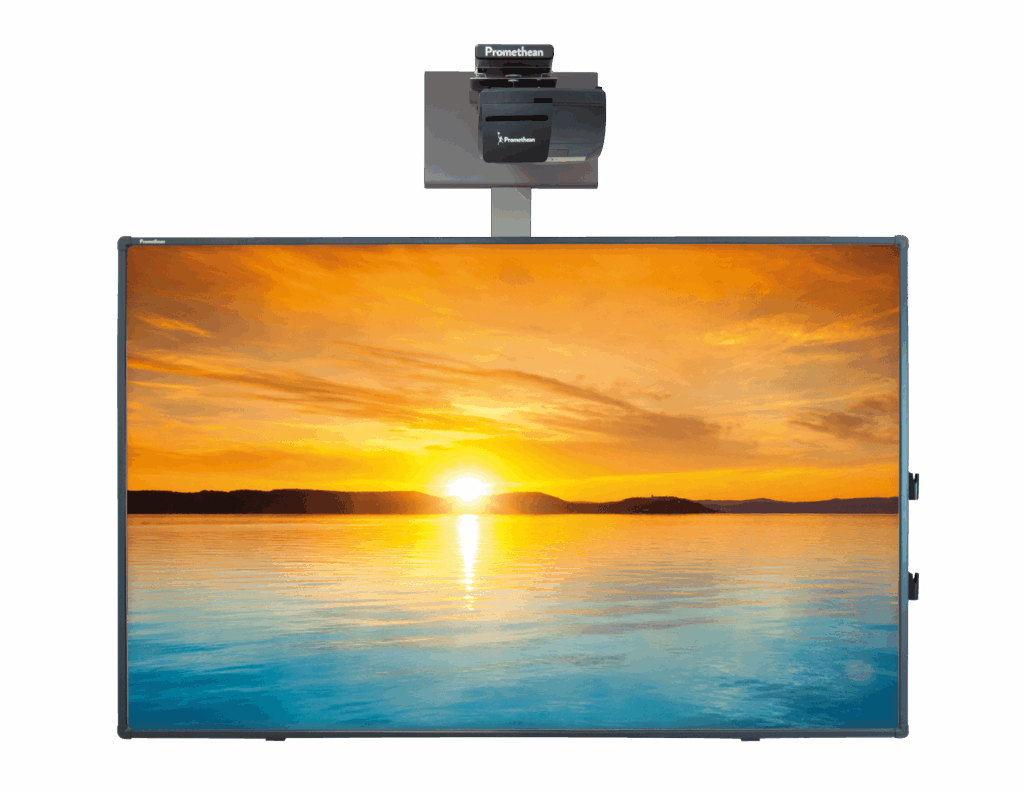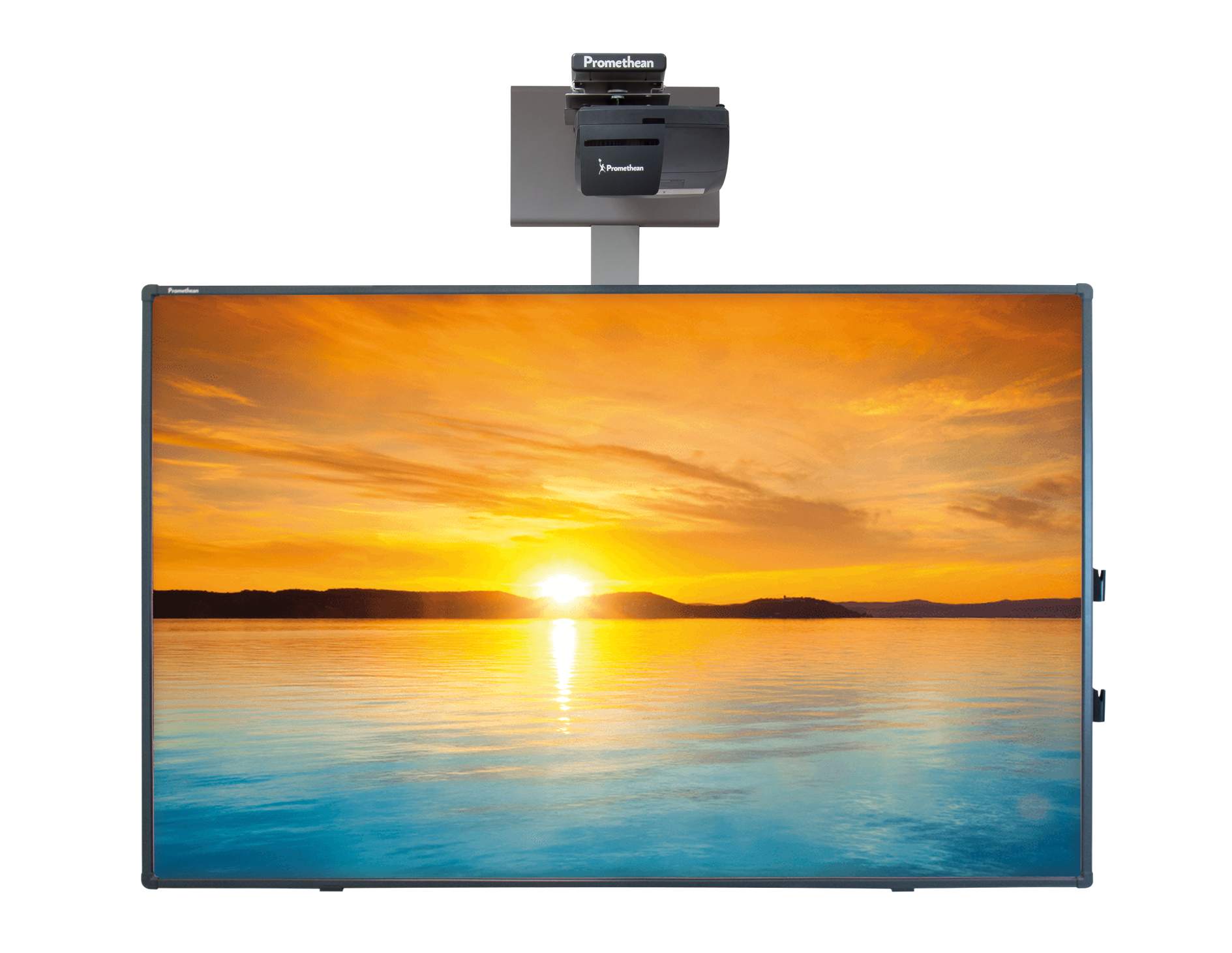
From Frustration to Function: Mastering Promethean Board Connection and Troubleshooting
The Promethean Board, a cornerstone of modern classrooms and collaborative workspaces, has become synonymous with interactive learning and dynamic presentations. Yet, the promise of seamless integration and effortless functionality can sometimes be overshadowed by the reality of technical glitches and connection issues. This article delves into the often-frustrating world of Promethean Board connections, offering a comprehensive guide to troubleshooting, optimizing, and ultimately, transforming frustration into a functional and engaging experience. We will explore the common challenges users face when trying to connect their devices to a Promethean Board and provide practical solutions to ensure a smooth and productive workflow. The focus of this article is on the Promethean Board connection and how to overcome the hurdles that often arise.
Understanding the Core of the Issue: Why Promethean Board Connection Fails
Before diving into solutions, it’s crucial to understand the root causes of Promethean Board connection problems. Several factors can contribute to these issues, often stemming from a combination of hardware, software, and network configurations. Understanding these factors is the first step towards effective troubleshooting.
- Hardware Conflicts: Incompatible cables, faulty ports, or outdated drivers on connected devices (laptops, tablets, etc.) are common culprits.
- Software Incompatibilities: Older versions of operating systems, outdated Promethean software (ActivInspire or ClassFlow), or conflicting applications can hinder the connection.
- Network Issues: Wi-Fi connectivity problems, firewall restrictions, or network bandwidth limitations can disrupt the wireless Promethean Board connection.
- Device Settings: Incorrect display settings, input source selection, or power-saving modes on the Promethean Board or connected devices can lead to connection failures.
- Cable Malfunctions: Damaged or improperly connected cables (HDMI, VGA, USB) are frequent causes of display and touch functionality problems.
Identifying the specific source of the problem is key to finding the right solution. A systematic approach, starting with the simplest checks and progressing to more complex troubleshooting steps, is often the most effective way to resolve Promethean Board connection issues.
Step-by-Step Guide to Troubleshooting Promethean Board Connections
When faced with a Promethean Board connection problem, a methodical approach can save time and frustration. Here’s a step-by-step guide to help you diagnose and resolve common issues:
Initial Checks: The Quick Wins
Before delving into complex troubleshooting, start with these simple checks:
- Power: Ensure both the Promethean Board and the connected device (laptop, etc.) are powered on and properly connected to a power source.
- Cable Connections: Verify that all cables (HDMI, VGA, USB, and power) are securely plugged into both the Promethean Board and the connected device. Check for any visible damage to the cables.
- Input Source: On the Promethean Board, use the input source button (usually located on the front panel or remote control) to select the correct input source (e.g., HDMI 1, VGA).
- Restart: Restart both the Promethean Board and the connected device. This can often resolve temporary software glitches.
Advanced Troubleshooting: Digging Deeper
If the initial checks don’t resolve the issue, proceed with these more advanced troubleshooting steps:
- Driver Updates: Ensure that the graphics card drivers on the connected device are up to date. Outdated drivers can cause display problems and prevent the touch functionality from working correctly. Visit the device manufacturer’s website to download the latest drivers.
- Promethean Software Updates: Check for updates to the Promethean software (ActivInspire or ClassFlow). Outdated software can be incompatible with newer operating systems and devices.
- Cable Replacement: Try replacing the cables (HDMI, VGA, USB) with known-good cables to rule out cable malfunctions.
- Device Compatibility: Verify that the connected device meets the minimum system requirements for the Promethean Board and the Promethean software.
- Network Troubleshooting (for wireless connections): If using a wireless Promethean Board connection, check the Wi-Fi signal strength, ensure the device is connected to the correct network, and check for any firewall restrictions that might be blocking the connection. Try restarting the Wi-Fi router.
- Factory Reset (as a last resort): If all else fails, consider performing a factory reset on the Promethean Board. This will restore the board to its original settings and can sometimes resolve persistent software issues. Note that this will erase any customized settings.
Optimizing Your Promethean Board Connection for Performance
Beyond troubleshooting, there are several steps you can take to optimize your Promethean Board connection for a smoother and more efficient experience.
- Use High-Quality Cables: Invest in high-quality HDMI or VGA cables to ensure a stable and clear display.
- Optimize Network Settings (for wireless connections): Configure your Wi-Fi router to provide a strong and stable signal. Consider using a dedicated Wi-Fi network for the Promethean Board to avoid bandwidth conflicts.
- Keep Software Updated: Regularly update the Promethean software (ActivInspire or ClassFlow) and the drivers on your connected devices.
- Manage Connected Devices: Limit the number of devices connected to the Promethean Board simultaneously to avoid performance bottlenecks.
- Regular Maintenance: Clean the Promethean Board’s screen regularly and inspect the cables for any signs of damage.
Wireless vs. Wired Connections: Which is Best for Your Promethean Board?
The choice between a wireless and wired Promethean Board connection depends on your specific needs and environment. Each option has its advantages and disadvantages.
Wired Connections (HDMI, VGA, USB)
Advantages:
- Reliability: Wired connections are generally more reliable than wireless connections, as they are not susceptible to Wi-Fi interference or network congestion.
- Speed: Wired connections typically offer faster data transfer rates, resulting in a smoother display and improved touch responsiveness.
- Security: Wired connections are more secure than wireless connections, as they are less vulnerable to unauthorized access.
Disadvantages:
- Limited Mobility: Wired connections restrict the mobility of the connected device, as it must remain within reach of the cable.
- Cable Clutter: Wired connections can create cable clutter, which can be unsightly and potentially hazardous.
- Installation Complexity: Wired connections may require more complex installation, especially if the cables need to be routed through walls or ceilings.
Wireless Connections (Wi-Fi)
Advantages:
- Mobility: Wireless connections allow for greater mobility, as the connected device can be moved around the room without being tethered to the board.
- Convenience: Wireless connections are more convenient, as they eliminate the need for cables.
- Flexibility: Wireless connections offer greater flexibility, as they allow for multiple devices to connect to the board simultaneously.
Disadvantages:
- Reliability: Wireless connections can be less reliable than wired connections, as they are susceptible to Wi-Fi interference and network congestion.
- Speed: Wireless connections may offer slower data transfer rates, resulting in a less smooth display and reduced touch responsiveness.
- Security: Wireless connections are more vulnerable to unauthorized access, as they are less secure than wired connections.
The best choice depends on your specific needs. If reliability and speed are paramount, a wired connection is the better option. If mobility and convenience are more important, a wireless connection may be more suitable. Regardless of the connection type, consistent troubleshooting of the Promethean Board connection is key.
Beyond Connection: Maximizing the Promethean Board Experience
Once you’ve established a reliable Promethean Board connection, the focus shifts to maximizing the interactive learning experience. Here are some tips to get the most out of your Promethean Board:
- Utilize Interactive Software: Promethean offers its own software, ActivInspire, designed to enhance interactive learning. Explore its features, such as annotation tools, multimedia integration, and lesson planning capabilities.
- Embrace Multimedia: Incorporate videos, images, and audio files into your lessons to engage students and bring concepts to life.
- Encourage Collaboration: Use the Promethean Board as a collaborative tool, allowing students to work together on projects, brainstorming sessions, and interactive activities.
- Explore Online Resources: Numerous online resources offer pre-made lessons, templates, and activities for Promethean Boards.
- Training and Support: Take advantage of training sessions and support resources to learn more about the features and capabilities of your Promethean Board.
Conclusion: From Frustration to Function – A Path to Success
The journey from a frustrating Promethean Board connection to a fully functional and engaging interactive learning environment is achievable with the right knowledge and approach. By understanding the common issues, following a systematic troubleshooting process, and optimizing your setup, you can transform your Promethean Board from a source of frustration into a powerful tool for education and collaboration. Remember to prioritize the basic checks, delve into more advanced troubleshooting when necessary, and always focus on maintaining a stable and efficient connection. With these steps, you can ensure that your Promethean Board functions as intended, facilitating a dynamic and engaging learning experience for all. The key is to understand that most connection issues are resolvable with a bit of patience and the right knowledge of the Promethean Board connection process.
[See also: Troubleshooting Common Projector Problems]


